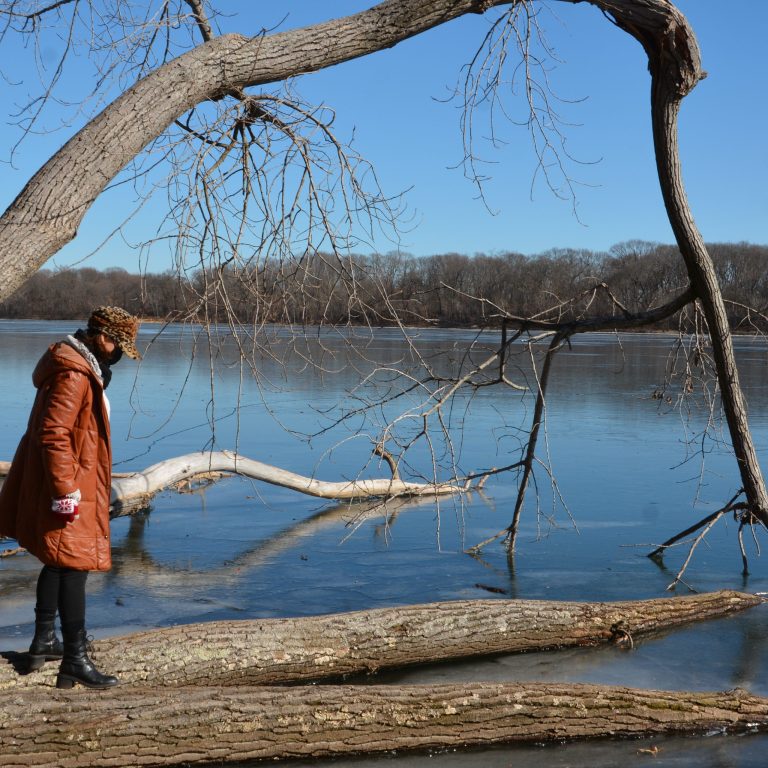
Long Island’s state parks — Part Four
Hempstead Lake State Park is a 737-acre retreat with a massive lake originally designed in 1870 to provide water to Brooklyn. The plan failed because the soil was so sandy and permeable that most of the 400 million gallons tended to leak out. Thankfully, they preserved the lake and the land, which now provide 8 miles of hiking trails, good fishing, bridal paths, tennis courts, basketball courts and a hand-carved wooden carousel for the kids.
This is not the time of year for tennis and basketball, but it is a good time for walking, so we decided to take a hike about the Hempstead Lake, which happens to be the biggest lake on Long Island.
A patient desperately in need of an escape from the misery of his life recently mentioned he had taken a pleasant walk along the trails of a state park and described a wonderful discovery of swans nestled among the reeds hidden deep in one of the inlets.
His description of his happy discovery reminded me of a chapter in Kenneth Grahame’s 1908 classic “Wind in the Willows.” Kenneth Grahame was a very unhappy banker who retired early and became part of the golden age of British children’s literature with his book “The Wind in the Willows.” The chapter in question was No. 7 entitled “The Piper at the Gates of Dawn” where Mole and Rat take on a rescue mission to find Portly, the missing child otter. This chapter obtained instant fame and was the inspiration for the rock band Pink Floyd, which named their first album after it and inspired Van Morrison to write a song with the same title.
The chapter is a sweet fable of how the demi-god Pan provides guidance and safety to them by playing his magic flute. This is a tale of the benevolence and the healing beauty that can only be found in nature, but it also emphasizes how fleeting and easy it is to forget nature’s grand benevolence. The fleeting nature of joy and the failure of memory is well expressed with this quote: “As they stared blankly, in the dumb misery deepening as they slowly realized all they have seen and all they had lost.” And towards the very end of the chapter, you hear Mole admit he could “recall nothing but a dim sense of the beauty of it, the beauty.”
This idea is remarkably like the anguish Marcel Proust expressed in his book “Remembrance of Things Past” or the tormented soul of the protagonist Mr. Krapp in Samuel Beckett’s “Krapp’s Last Tape.” These well-known and important novels grappled with the reality that for better and for worse our recall is flawed but that there is magical healing embedded within the recesses of memory if only we could access it. That means we thankfully will forget our pain, but it also means that we are destined to forget our joys as well. These concepts are support for the entire edifice of psychoanalysis, which insists that we are destined to repeat mistakes until we finally remember what it is we have forgotten.
Kenneth Grahame is expressing one of life’s greatest and saddest paradoxes, which is that we have all been born into the kingdom of heaven and receive eternal bounty each day, yet we somehow fail to realize this. Instead, we all tend to forget about our good fortune and instead remain forever in the shadowy limbo of the present in a state of worry and fear about the future.
“The Wind in the Willows” went on to become a classic of children’s literature filled with charming characters like Mole, Rat and Toady but the motivation to write the book was Grahame’s effort to entertain and heal his son who was depressed. Chapter 7 is premonitory in the way it expressed the reckless ways of Portly, the young otter, and how divine music and a demi-god was needed to save him. The reality was that about 10 years after that book was written, Kenneth Grahame’s son took his own life by lying across a railroad track until the train roared by and killed him.
So the moral of this story is that, yes, nature’s beauty and music’s majesty are wonderful, but the ultimate arbiter of joy in a life is found buried deep within one’s long-forgotten memories. To date, all we know is that prayer, chanting, meditation and music, although soothing, are not the cures to one’s woes. The cures to many of our woes are hidden within the lock box called our unconscious and the only way to discover what they may be is to take a walk on the wild side within the mysterious but safe space of the psychoanalyst’s office.
Yet another discovery I made just by walking along a trail by a big pond with the name Hempstead Lake.







